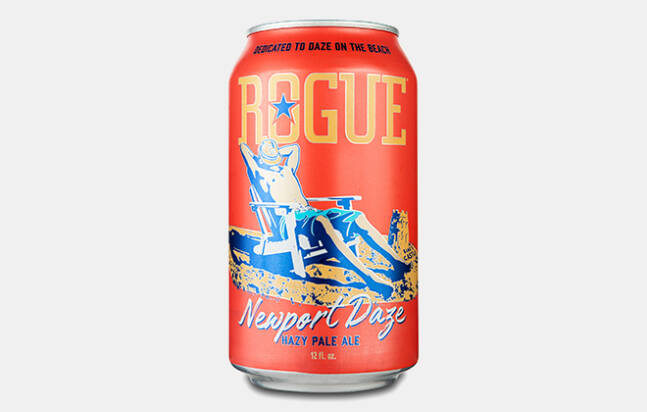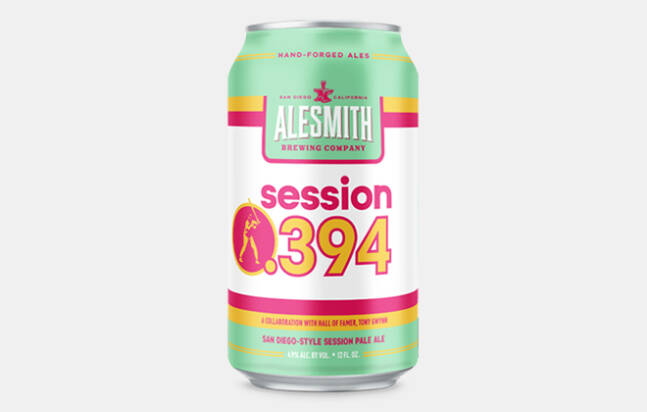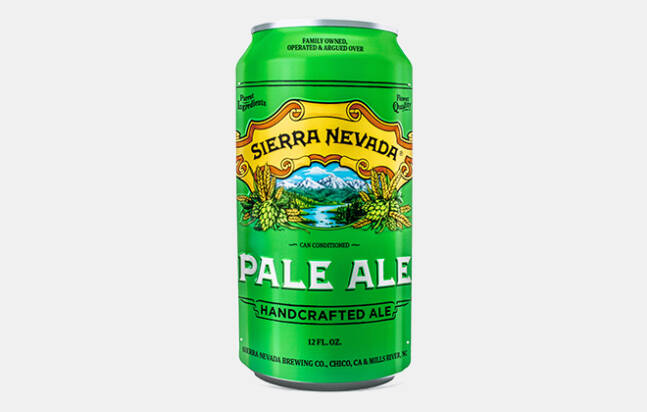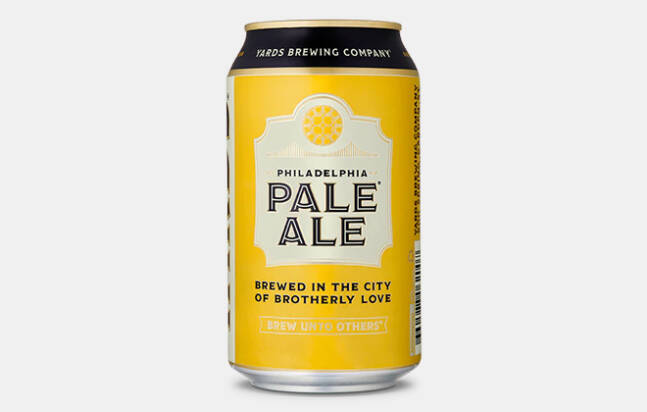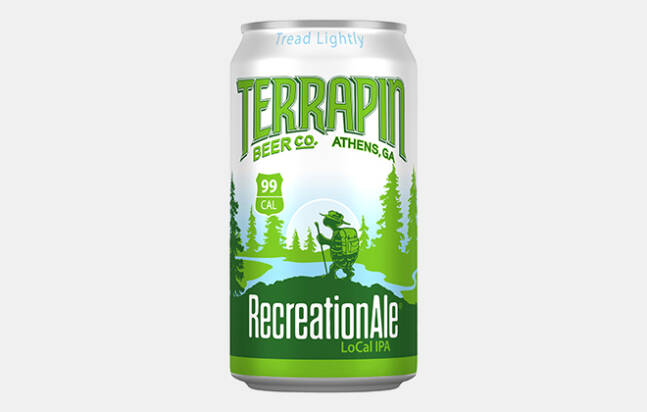The “session” label is the exact middle point between an actual beer style and a marketing gimmick, which means that it’s neither of those and turns into a helpful descriptor. Basically, “session” is supposed to mean the first beer leads to another and another, but without turning you into a nuisance or an embarrassment. It’s beer that’s squarely, proudly, and, occasionally, defiantly in the low-ABV territory, somewhere between four and six percent, though hopefully hovering in the mid fours and fives. ABVs higher than six get you drunk way too fast, and below four can sometimes feel like you’re chugging water.
To me, this is the range where the real fun of sociable drinking happens. It’s where you and your friends loosen up without falling apart. You’re more amenable to new experiences and make new friends faster, but you’re maintaining a state where you’ll actually remember both and won’t be sending any apologetic texts the next day. You might even be able to totally skip the hangover if you remember to hydrate.
These session beers deliver full flavor with a lower ABV for all day drinking.
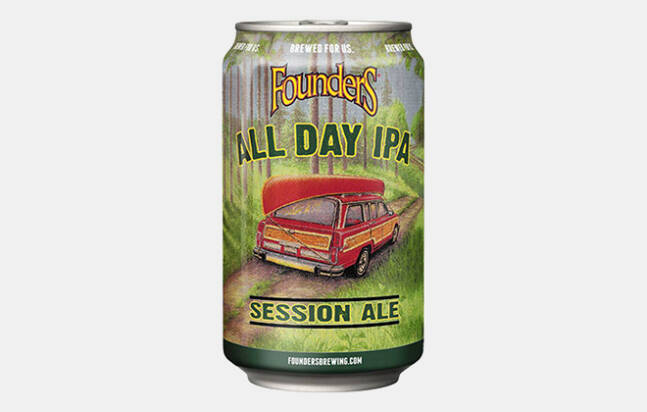
All Day IPA | Founder’s
Founder’s All Day IPA is the quintessential session IPA. It’s bitter enough to satisfy anyone looking for that bite, showcases the nuanced flavors hops can provide, and has enough malt so you don’t feel like you’re sucking on a hop flower. It’s the beer you see in oversized cans in every baseball stadium with a liquor license and is included with the purchase of every riding mower, canoe, and utility hatchet sold in the United States. I have a suspicion that if you work outside for longer than two hours in an afternoon, a six pack manifests in your garage fridge.
Stonewall Inn IPA | Brooklyn Brewery
The Stonewall Uprising in 1969 was arguably the birth of the modern LGBT civil rights movement and this beer from Brooklyn Brewery continues the fight through its partnership with the Stonewall Inn Gives Back Initiative. The beer itself is a nice, light IPA that leans on approachable citrus flavors. It pairs well with lighter food like tacos and activities like hucking bricks at government forces trying to strip you of basic human rights, though, admittedly, there’s a lot less of the latter now thanks to those 1960s activists.
Newport Daze | Rogue
Rogue wears a lot of hats, with its own beer, spirits, canned cocktails, sodas, and CBD beverages, so there’s always a bit of worry that the brewery will spread themselves too thin. So far so good though, as Newport Daze can attest. It’s a beer that seems formulated for beach sipping. A lot of what you’ll get here are the same flavors as a beach bar’s crush mixed drink. Plenty of fruit, fairly low bitterness, just all of it coming from hops instead of fruit puree or syrup. It might be worth looking into getting a cupholder for a surfboard here.
Session .394 | Alesmith
Recent years have forced me to admit I’m a sucker for branding that follows retro baseball motifs. But I’m going to defend the pick by saying that using Mosaic and Citra hops in a session IPA is a savvy move. In my own personal experience working in breweries, a lot of customers that come in asking for really hoppy beers aren’t actually asking for beers with high hop content. They just want something that has as much Mosaic and Citra packed into it as possible. Used right, both provide an abundance of fruity, citrusy flavors. The only problem is that both are usually found in high levels in double IPAs, which are likely to blame for the last time you blacked out in an MLB parking lot. What Session .394 does right is keep those hoppy flavors, it just dials way back on the alcohol.
Pale Ale | Sierra Nevada
In a few decades, when beer historians are putting together the academic story of the American beer revival, Sierra Nevada is going to be talked about as a foundational member and Sierra Nevada Pale Ale will be the cornerstone of the argument. Their pale ale was first released in 1980 and proved Americans didn’t lose our discerning palates when the government eviscerated local breweries with Prohibition.
Pale Ale is made with Cascade hops, which are about the most versatile hop on the market. Depending on how they’re used, they can create the mouth puckering beers that drove the race to the bitter top with West Coast IPAs in the ’90s and aughts or the hazy juice bombs pushing Northeast IPAs to their oily end point. Pale Ale strikes a balance between the two.
Philadelphia Pale Ale | Yards Brewing
I like to think of Yards as a successor to Yuengling. It’s a reliable brewery that provides exactly what it says on the bottle. You won’t have any genre changing experiments or revelatory interpretations of traditional styles, but you will get a solid beer you can drink over and over. Philadelphia Pale Ale is a simple, easy-drinking beer made by people who know what they want to get from the hops. It’s much less bitter than you might expect and if you need the proof, grab a can of Yards’ flagship IPA. It’s light on the malt too, so if you’re expecting that West Coast style golden backbone, you’ll find something lighter than that.
RecreationAle | Terrapin Beer Co.
The jury’s still out on LoCal IPAs, but a few more breweries making stuff like RecreationAle might mean American light beer is entering a new era. Our low calorie options won’t be limited to light lagers diluted with rice water, we’ll have beers with real flavor. The only complaint someone might have about a beer like this is that it lacks body, to which I say, isn’t that kind of the point? If you’re looking for a session IPA to get you through hot weather hangouts, you’d be best served by something that doesn’t sit heavy in your stomach and have you sweating within three sips.
Learn More


